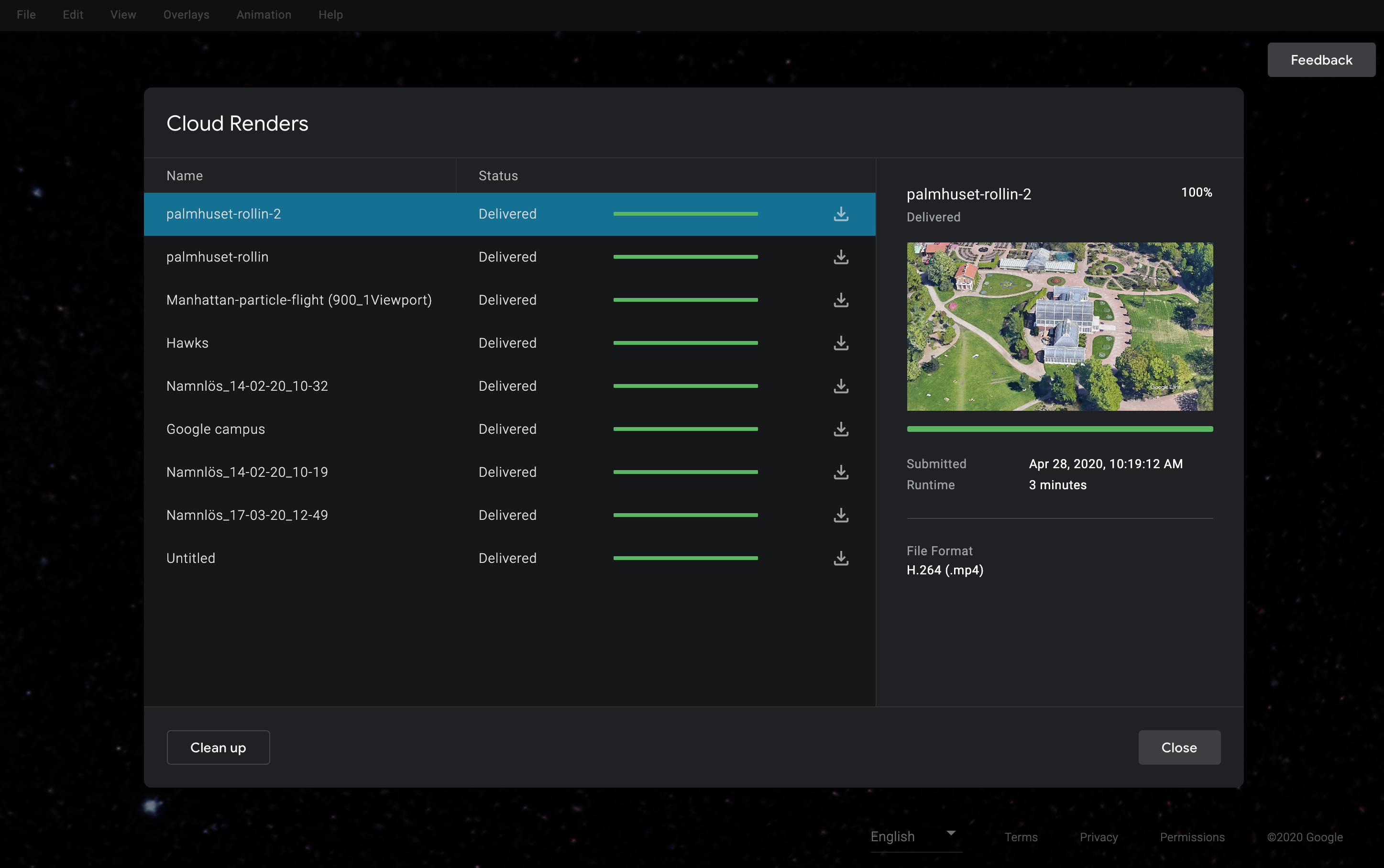

- #MPEG STREAMCLIP RENDERING ANIMATIONS HOW TO#
- #MPEG STREAMCLIP RENDERING ANIMATIONS MP4#
- #MPEG STREAMCLIP RENDERING ANIMATIONS UPDATE#
preparing an MP4 video with MPEG Streamclip Creating the final video composition Summary 11. The same principles for stills and animation Making a start: Sketch it out Time for action. When I hear back from my contact at Canon, I may have more to share here. The usual way of creating flyover presentations in rendering software, such as 3D Max, is to create a travel path. I'm on a mac, so I cannot speak to what transcode choices work best for PCs, but for macs it seems ProRes in compressor is the way to go. however I have been somewhat surprised that even simple playback will result in stuttering. The problem here is their recommended dimensions say to double (but keep constant) the 4:3 ration. doubling your pixel size and then reducing to the DVDs project size. Effective and Powerful MPEG Streamclip Alternative for Windows. Also, Im reading the AS official guidebook and it talks about doing the following for image quality when rendering/burning for TV.
#MPEG STREAMCLIP RENDERING ANIMATIONS HOW TO#
2020 How to Export Final Cut Pro to MP4 Rendering Final Cut Pro export MP4 is easy as FCP supports MP4 natively. This is something I have heard repeatedly, so it does seem to be the case. png image frames used for an animation sequence and works similarly to animated GIF files. Apparently, while the files carry the '.mov' designation, they are not 'regular' quicktime files and do not play well with quicktime or other playback apps or NLE apps. mov files which come out of the 7D and 5DMKII are not intended to be viewed or edited without conversion. I have been waiting for the 'official' word from a Canon tech I have been in touch with, however this is what I believe to be the situation as I understand it now: I recently purchased my own 7D, and was dismayed by the stuttering seen when simply playing the quicktime files (either from the flash card or from a hard drive) this is a topic of wide interest and has been generating a lot of comments.
#MPEG STREAMCLIP RENDERING ANIMATIONS UPDATE#
It's not a good idea for anyone that makes their living to update to the next generation of their OS without doing a lot of research.As Mauricio pointed out. My whole computer could burn down and I could buy a new one, turn it on, and boot to the cloned drive and be right back to where I started in just a little more time than it takes to turn on the machine. I use a boot drive cloning app that I start on the last Saturday evening of the month so I am never without a way to boot to a backup that was working fine. I do this automatically every 30 days with my machine all the time anyway. Just before I do I will make a mirror fresh backup (mirrored copy) of my boot drive so that if there are any apps critical to my business that stop working after the upgrade I can revert to the previously working OS in a matter of minutes. Don't count on everyone that has ever made a plug-in for AE to spend the money and time required to update their product to 64-bit.Īpple warned everybody that this change was coming and that you had to be careful. If you use a lot of 3rd party plug-ins and even scripts you will also have to wait for those to catch up to 64-bit. Your only option is to render to a compatible format. It's that simple, and there is nothing that Adobe can do to change how QuickTime works. The problem with some forms of Quicktime is that Apple didn't exclude the QT player from the 64-bit spec so if you render to a codec that uses only 32-bit technology Catalina won't play it. Most of the components in most complex apps are now 64-bit apps, but all it takes is one block of code somewhere deep inside an app to kill the process. OSX 10.15 completely dropped support for any 32-bit apps so Adobe is not the only casualty. The latest release of many Adobe products is not fully compatible with Catalina.


 0 kommentar(er)
0 kommentar(er)
